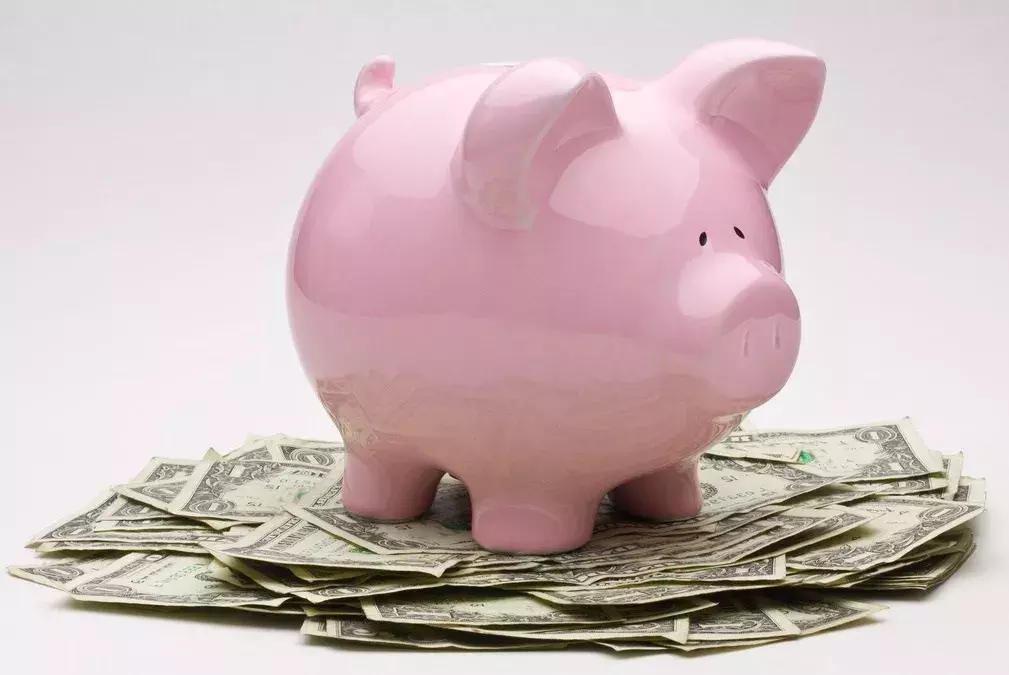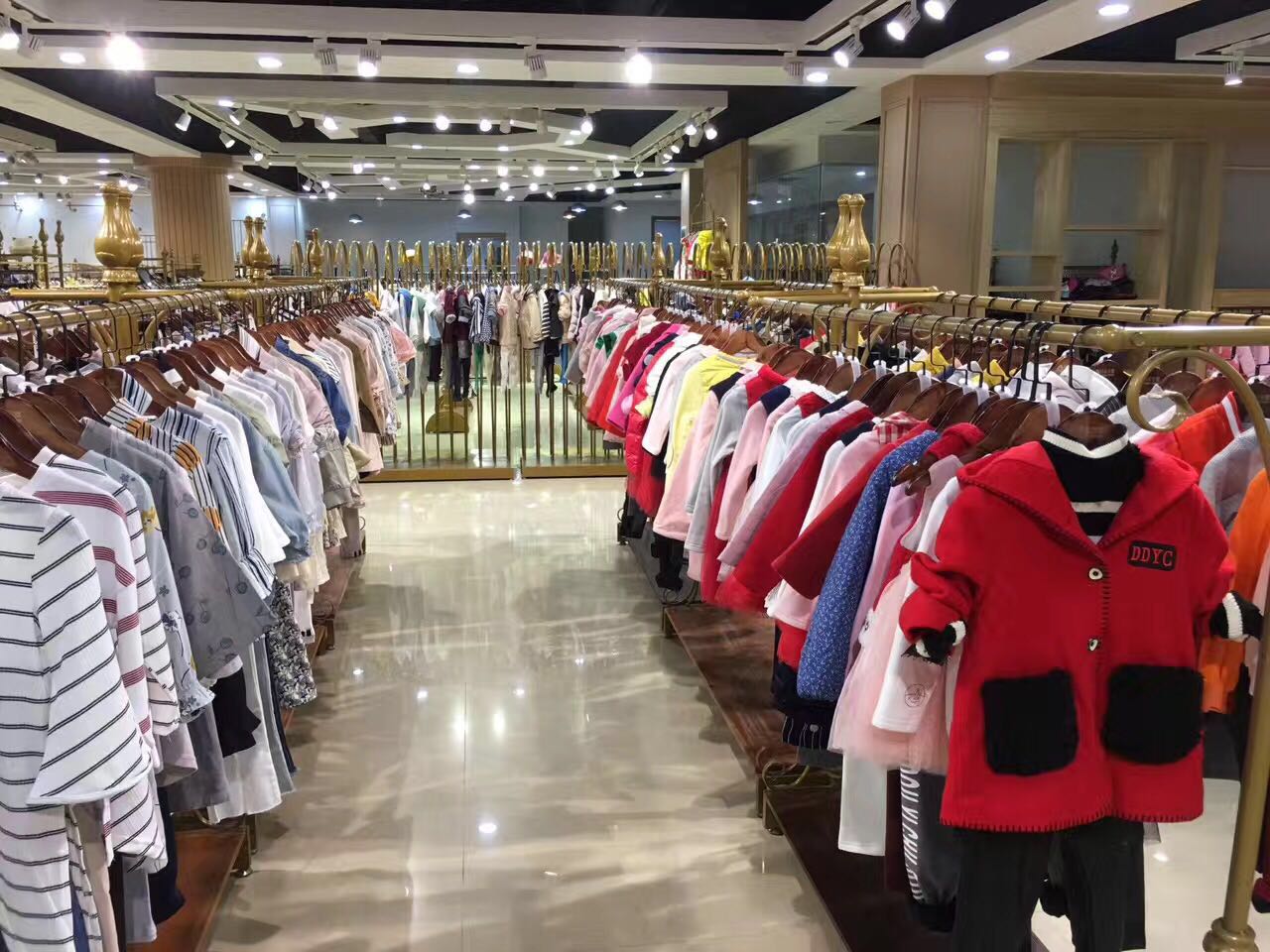库存的代价不菲。基于环境,库存的成本将会占到其价值的30%到65%费用。日本丰田公司以库存小而闻名遐迩(当然,在其他方面也是如此)。西方公司通常备几周甚至几个月的库存,而丰田公司的库存是以小时为衡量单位的。
It is no surprise that inventory reduction is high on the list for many companies. In fact, the term “lean” by itself implies lower inventories. But why do we have inventory in the first place? And why is (too much) inventory considered evil in lean manufacturing? In this post I would like to tell you the reasons why we have inventory in the first place, and why too much is bad. In my next post I will explain what happens if you simply reduce inventory, and discuss in more detail better approaches on how to reduce inventory.
降低库存高居诸多公司的榜单,这丝毫没有让人惊讶之处。实际上, “精益”这一术语本身就意味着要更低的库存。不过,为什么我们首先要有库存呢?
为什么过多的库存在精益生产中被视为有害的?在本文中,我想告诉大家为什么首先要有库存,为什么库存太多是不好的。在下一篇文章中,我将解释如果只是简单地减少库存会发生什么,并详细探讨如何减少库存的更好的方法。

The third reason for inventory may be due to cost reduction. One possibility to reduce cost is batching. For example, when shipping parts, it may not always be sensible to ship each part individually. If you order screws, you do not order a screw every 45 seconds, but you order a box of 3000 screws per week. Hence, you have in average 1500 screws lying around even without fluctuations. Similar batches may apply to other transport or selected processes.
降低成本是需要库存的第三个原因。降低成本的一种可能性是分批生产。比如,运输零件时,单独运输每一个零件可能并不会是明智的。如果订购螺钉,我们不会每45秒订购一个螺钉,而是每周订购一盒装容量为3000个螺钉。因此,就算没有波动,平均也得需要有1500个螺钉。类似的批次,可适用于其他的运输或者选定的工艺。
Similarly, you may buy more when it is cheap, and use or sell the material when prices go up. This is, in effect, also an inventory to reduce cost. In both cases you can save money, although you will also create cost due to an increased inventory. Ideally there is a trade-off. In reality, the cost of inventory can rarely be estimated accurately. The estimation of the benefit of batching may be more accurate.
同样,我们也可以在价格便宜的时候购买更多的物料,在价格上涨的时候使用或者出售这些物料。实际上,这也是降低库存成本。
在前述的两种情况下,都可以节省资金,尽管你也会基于库存增加而产生成本。理想情况下,这是一种权衡。实际上,库存成本很少能得到准确的估计。对批次的收益的估计可能会更准确。
Relevance of These Three Reasons for Inventory
需要库存的三大原因的相关性
In value stream mapping, you can calculate a timeline with the percentages of value add and waiting time. Usually, the fraction of parts actually worked on is somewhere around 0.05% or less (unless you have batch processes). The other 99.95% of the parts are waiting. Hence the parts actually worked on is usually the smallest fraction of your inventory by far.
在价值流中,我们可以使用增值和等待时间的百分比来计算时间期限。通常情况下,实际工作零件的比例大约在0.05%,或者更低(除非有批次处理的过程),而剩下99.95%的零件在等待。因此,迄今为止,实际加工的零件通常是到库存中的最小的那部分。
As to how the remaining 99.95% percent of your inventory is used, it depends on your system. This inventory is used both for batching and to cover fluctuations. In fact, the same part may serve a dual purpose as a batch and a fluctuation buffer. If you are at the beginning of your batch, and, due to fluctuations, need more, you can simply use more from the batch. Only if you are at the end of the batch, there are no more parts left to cover fluctuations. Overall, most of our inventory is there to buffer and to batch.
至于剩余99.95%的库存是如何使用的,这要取决于系统。该库存用于分批次和覆盖波动。实际上,同一部分可以作为分批次和波动缓冲。如果在批次开始,由于波动,需要更多,可以简单地使用更多批次。只有在批次结束时,才有多余的零件可以覆盖住波动。总的来说,大部分的库存都是用于缓冲和分批次处理。(标杆精益)














